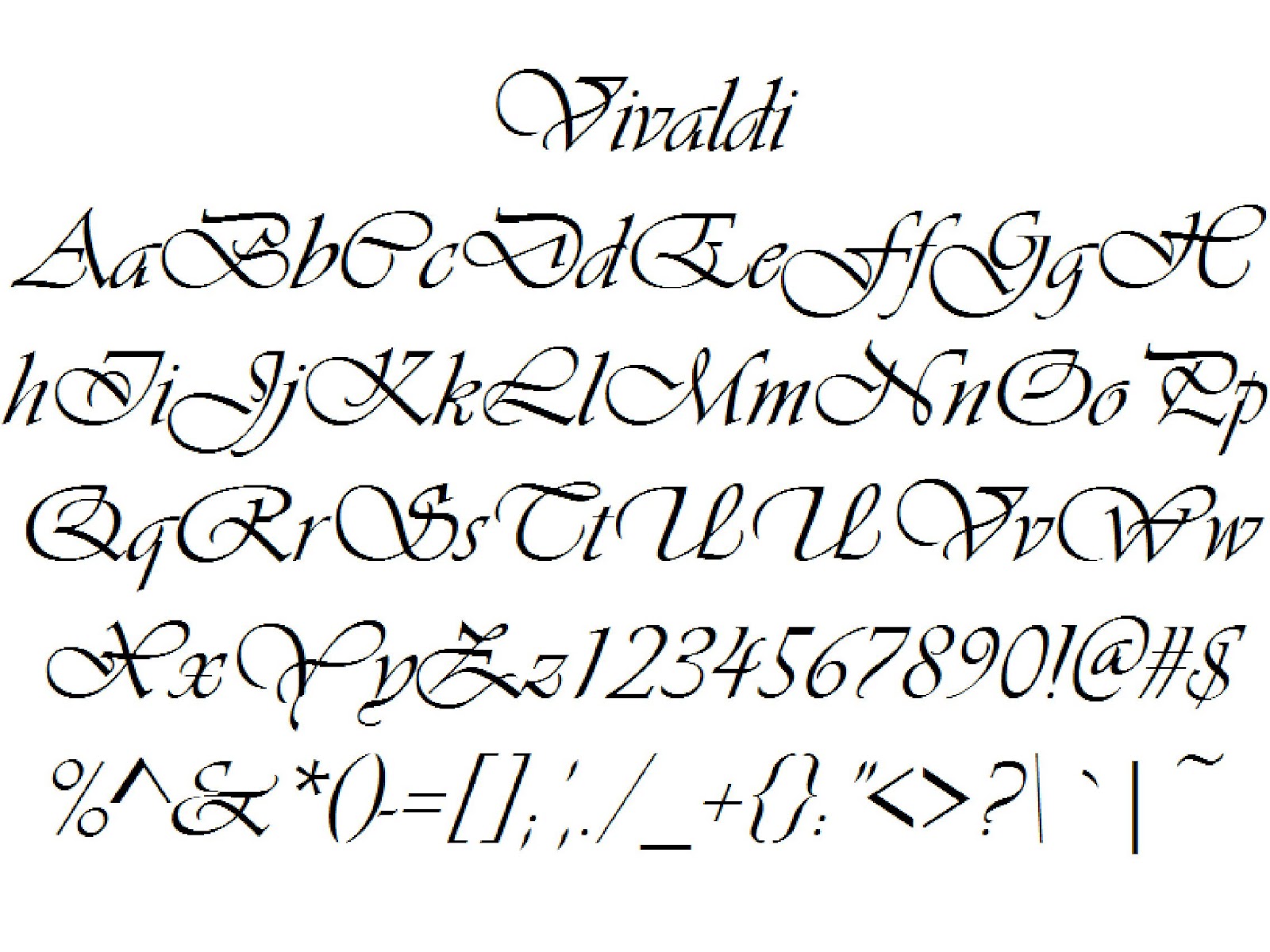

When you demo or suggest something, make sure the end result is clear just showing the customer how to do something isn't effective if they don't know why they are doing it.
#Text styles design windows#
Here are some tips from our Windows style guide: 1. A small and short animation or video showing the user how to get started.A link to the control that gets the user started - for example, "Add an app to get started.".A text string in an empty page with short instructions on how to get started - for example, "Select 'Add' to add an app.".The first time a user visits a page, you have an opportunity to help them get started with your tool. For a simpler choice, use buttons that are specific to the action, such as Delete all or Cancel. For a complex choice, use Yes/No buttons, which encourage careful reading.Include a simple question (either in the header or in the body) that frames a clear choice between two action buttons.If there's a variable, such as the name of the item you're about change, include it here. For example, “Erase all data on this drive? or “You're about to erase all your data”. In the heading, define the possible outcomes as a question or a statement about what will happen next.Make sure the main instruction (heading) and explanatory text (body) aren't redundant.Verify that the customer wants to proceed with the action.If there's no new info to offer (for example, “Are you sure?”) then a confirmation message may not be necessary. Make sure a confirmation is necessary.They should contain scannable, useful info with a clear outcome, especially for events that can't be reversed. Confirmation messagesĬonfirmation dialogs are useful when continuing might have unexpected results, such as data loss. Use colons in UI text when a label is on the same line as the text it labels and you need to keep the two elements from running together. For example:ĭon't use colons in UI text when a label is on a different line from the thing it labels or when there's a clear distinction between the label and the thing it's labeling. However, there are a few exceptions where we surface object properties from WMI or PowerShell that's outside of our control. We follow the Microsoft style for Capitalization - use sentence-style capitalization for pretty much everything. When launching a create flow, use the appropriate button label: ButtonĪdd an existing resources/object/etc to the tool. If a button follows a question, its label should correspond clearly to the question (typically "Yes" or "No").

Instead of a generic "Submit" button, use a verb corresponding to the user action, such as "Create", "Delete", "Add", "Format", etc.

If you have four words or longer, it'd be better to use a link control.īutton labels should be concise, specific, and self-explanatory. Two or three is OK but try to avoid longer. Buttonsīuttons should be one word whenever possible, especially if you plan to localize your tool. This style guide builds on these voice principles as well as the Microsoft Writing Style Guide, so make sure to check out both of those resources for info on such things as accessibility, acronyms, and word choice such as please, and sorry. Windows Admin Center and any extensions should follow Microsoft's voice principles so that the experience is easy to use and friendly. This topic describes the general approach to writing user interface (UI) text for the Windows Admin Center, as well as some specific conventions and approaches we're taking.


 0 kommentar(er)
0 kommentar(er)
